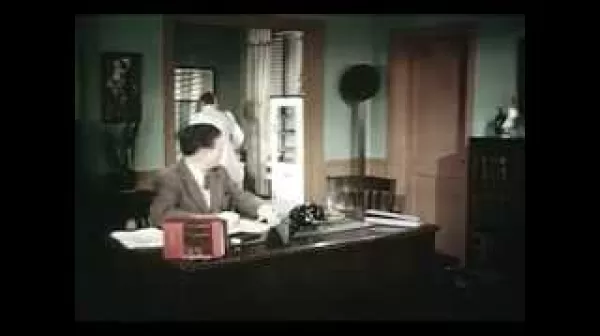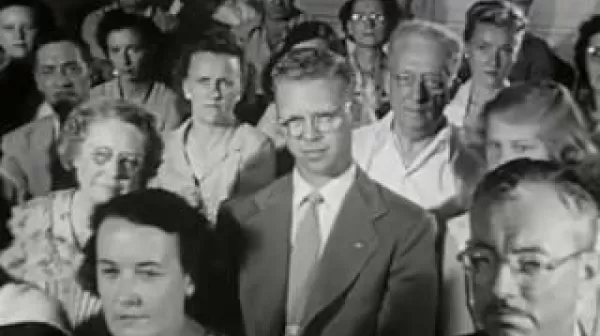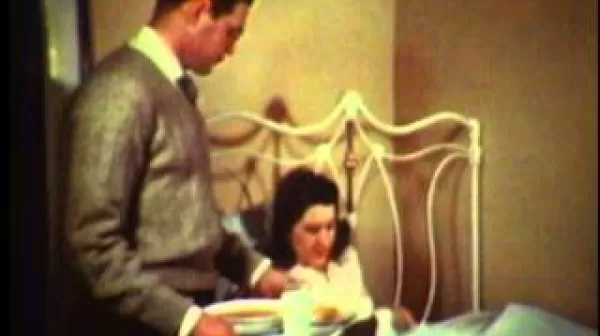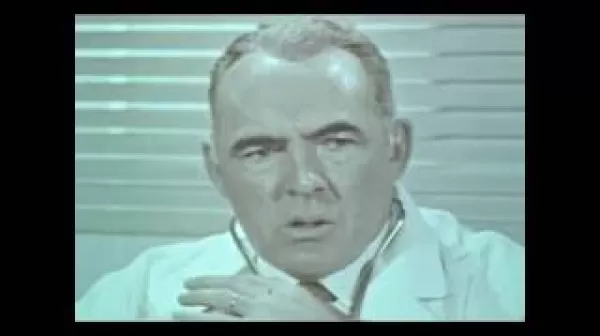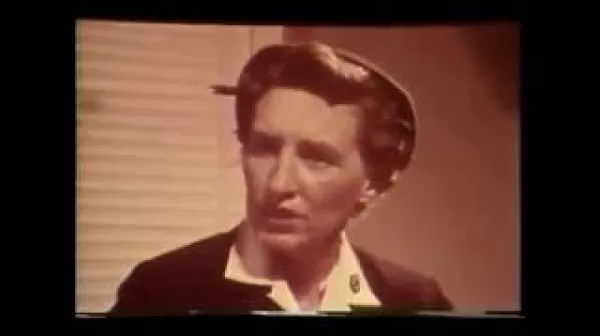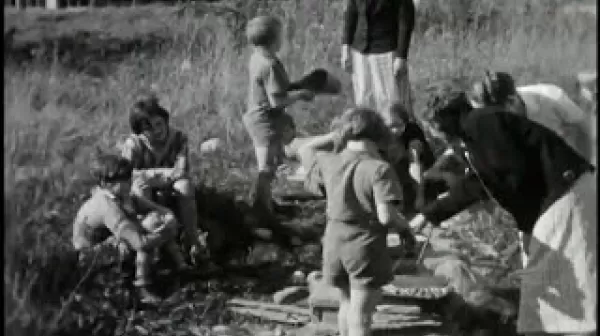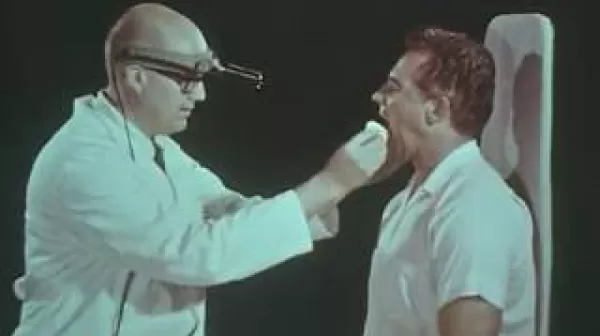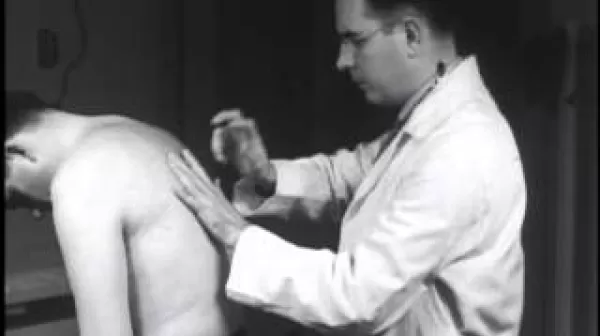The Story of Wendy Hill (USPHS, 1949)
The symptoms, diagnosis, and treatment of diabetes are outlined in the story of a young, small-town wife, her family, her physician, and some of the townspeople. Myths about diabetes are debunked. Guidelines for living a normal life while coping with diabetes are given. Insulin therapy is promoted when appropriate.

